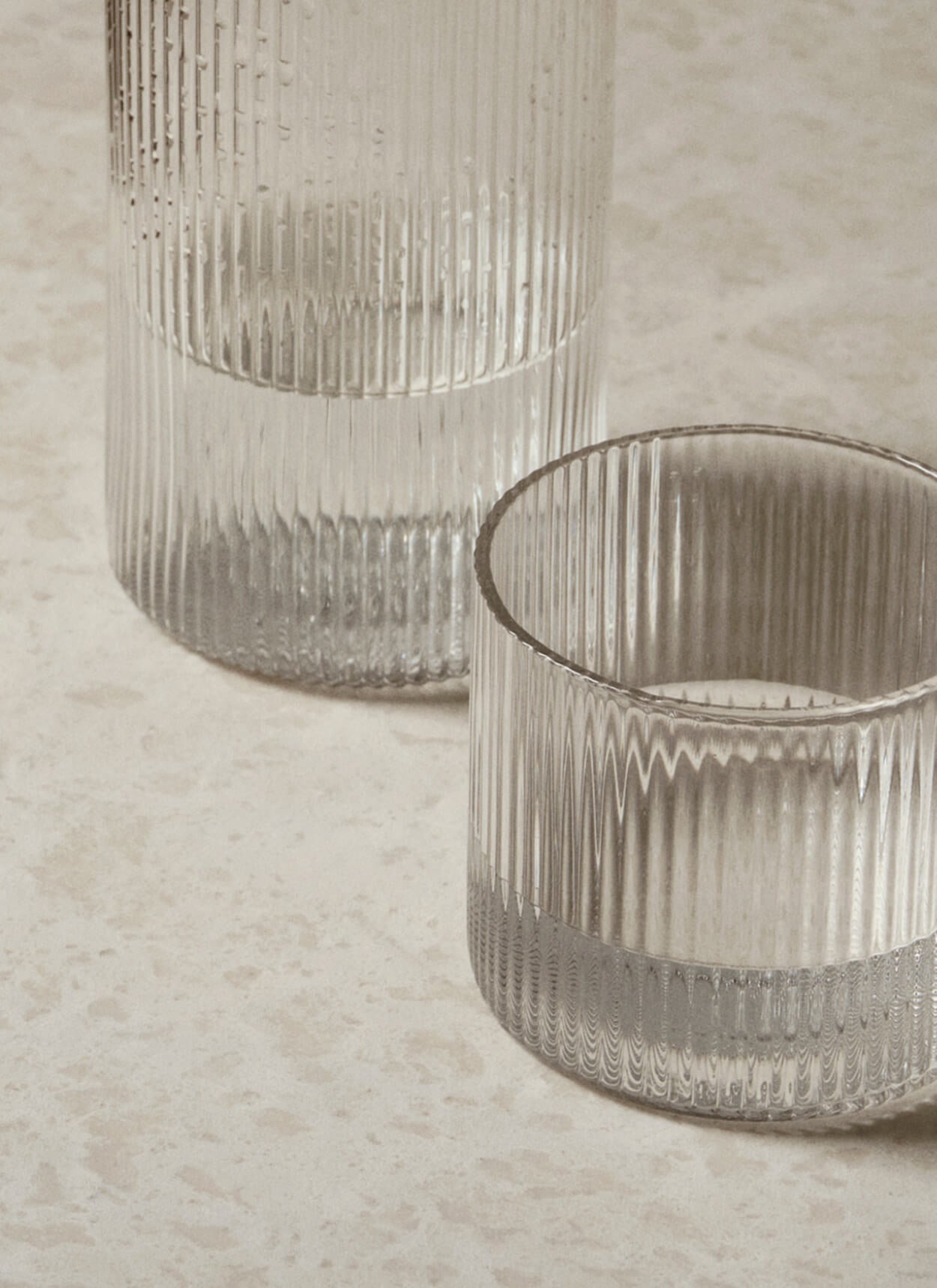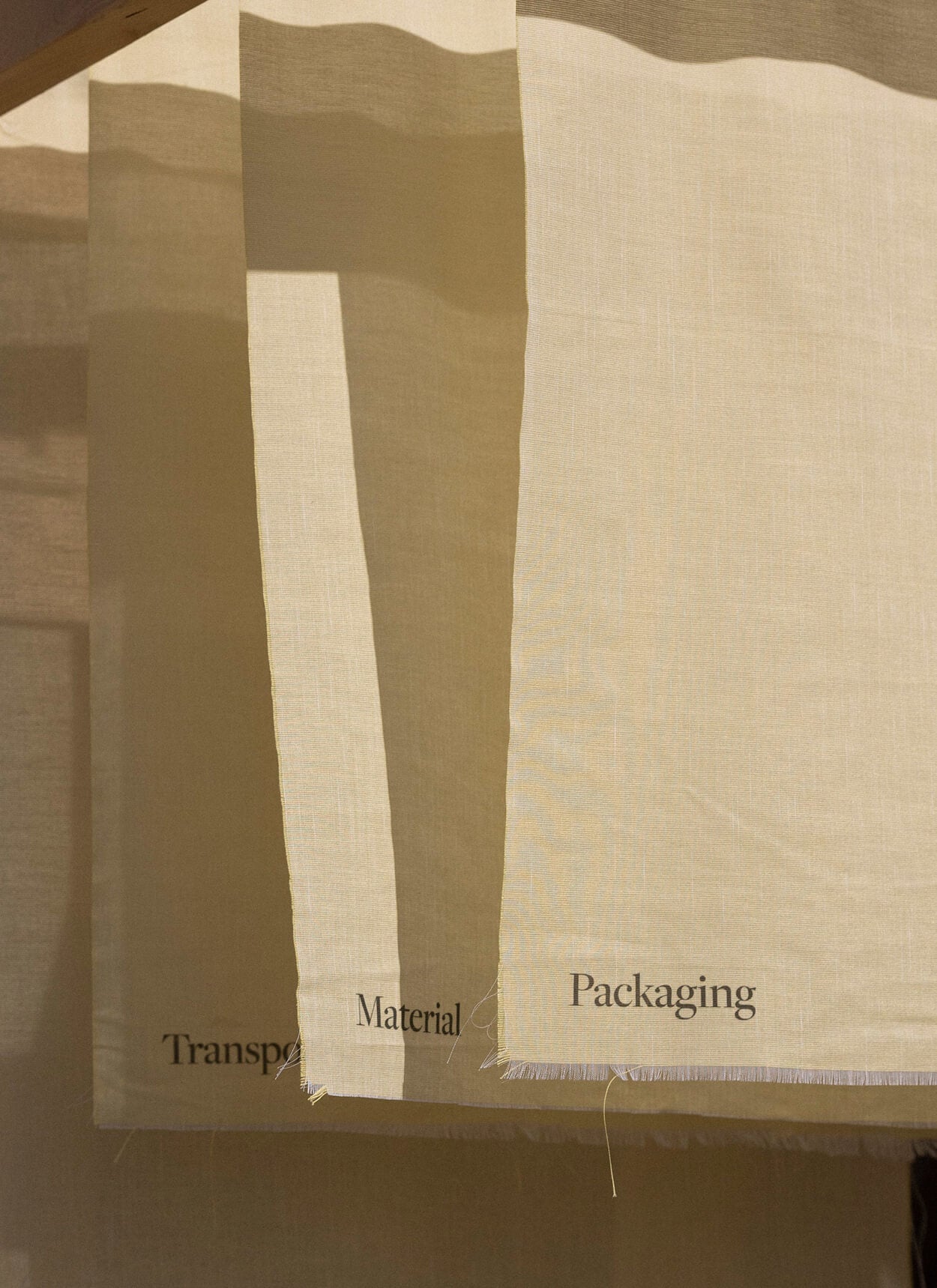
Home Stories
The Home of Linda Ring
Bread Artist, photographer and interior stylist. She lives in Stockholm, Sweden, with her husband Mattias and their 13-year-old son, Ruben.
In a 1940’s funkis house overlooking the water in the borough of Stora Essingen, a small island in the centre of Stockholm, resides the multi-talented creative, Linda Ring. A photographer and interior stylist, Linda’s most remarkable talent is perhaps one that she just happened to stumble into.
Linda Ring has a deep, unwavering connection to art. It’s one that has steered her throughout her career, taking her from a photograph’s assistant to the world of advertising and landing her in the marketing department of the auction house Bukowskis, where she stayed for 15 years. “Art has had a profound effect on my life and the way that I look at my surroundings,” Linda explains. “It has helped to sharpen my eye. I am always looking for beauty and can’t help but view everything as though it were a picture.”

Today, Linda is a freelance creative who works as a photographer and interior stylist, and has added a somewhat unconventional title to her resume, namely that of Bread Artist. From her home in Stockholm, Linda engraves beautiful, whimsical faces into dough, that once baked, resemble pieces of art that could be taken straight out of the Hellenic era of an art gallery. The irony of expending time and effort to make artwork out of food is not lost on Linda, in fact, it’s a part of the appeal: “I really love the ephemeral quality of it – the decadence of creating something beautiful that you get to eat later.”
The process of creating bread art was born out of a more challenging time Linda’s life: “I burnt out a couple of years ago, and that made me start to prioritize things differently. Time became more important than money. I started baking and the whole process allowed me to lose myself in it – I lost all sense of space and time. When I then started creating patterns in bread, it added this whole other dimension. I feel totally free, and all my stresses melt away.” After saying goodbye to her full-time position at the auction house, Linda invested time in herself, her family and the art of slow living. By combining her newfound passion for baking with her lifelong love of art, Linda stumbled upon a whole new outlet in which she could express herself creatively. “I started by creating abstract, meditative patterns,” Linda tells us. “One day my son, Ruben, had joined me in the kitchen, and he cut this crazy face into the dough. That set my imagination on fire, and I was unstoppable. I started making these patterns with large eyes, and I became a little obsessed! I made so much bread in that time that I had to give it away – we couldn’t eat it all!”

Linda’s home, much like her bread art, is an extension of her artistic inclinations. “I wish I were one of those people who could say that their home is just where their family is. Even though that’s partly true – they are the most important part of my home – I’m too much of an aestheticist to not care what my home looks like. I feel physically unwell in unpleasant environments – but on the other hand, every second spent in a beautiful environment is a delight for me. It doesn’t have to be luxurious, but there should be nice materials, thoughtful details and a sense of soul. It takes time and effort to create a harmonious home, but it’s worth it.” Linda has lived in her home in Stockholm for 15 years, and the functionalist-style house from the 1940’s, archetypal of Scandinavian architecture from that time, is filled with vintage finds, unique details and classic Swedish design elements. “If I think something is beautiful or interesting, then I can always find a spot for it in my home,” Linda explains. And the classic collector’s problem of accumulating just a few too many pieces? Linda has found a solution to this problem, and it’s the same as when she has baked too much bread: “I’m always thrilled if a friend or family member falls in love with something in my home – then I simply give it away. It’s the best way to give gifts!”

Linda describes life on Stora Essingen, the island borough of Stockholm where she lives, as “countryside living, but in the city.” Born and raised on the small island of Vaxholm in Stockholm’s archipelago, it’s an excellent fit for Linda: “Since I grew up on an island, I feel trapped if I’m in a place where I can’t see water – or at least have easy access to it. Our house is 100m away from the water, and we can see it from our window, which is invaluable for us.”
Linda’s home evokes much of the same feeling as her beautiful bread creations: warm, artistic and inviting. Durable, classic materials like wood, brass and glass are heavily represented, while patterned, colourful textiles add a soft, romantic touch to the space. Linda compares the process of decorating her home to that of baking bread: “the two processes aren’t totally dissimilar – there are carefully chosen ingredients and it’s an organic, living process that’s constantly changing. I don’t often redecorate, but I’m constantly changing small details from season to season.”

“I’m always thrilled if a friend or family member falls in love with something in my home – then I simply give it away. It’s the best way to give gifts!”

We invite you to make your own bread art with Linda's recipe. Enjoy!
Bread Art Recipe
Ingredients
550 g lukewarm water
25 g unrefined sea salt
300 g sourdough starter
Around 800 g light, organic flour
Start with mixing water, salt and sourdough in a big bowl (the sourdough must be vibrant).
If you don’t have the time or patience to make your own sourdough starter, go to the nearest small bakery - they usually give it away.
Pour in the flour and stir for 30 seconds. It’s important that you do not stir the dough too much.
Now, let it rest under a kitchen towel for half an hour. This step is called ”autolyse”.
Spend a minute on folding your dough. If you’re unsure how to fold a sourdough, you can always Google it.
Let it rest for one hour and fold it again. Then, you should let it rest between 30 minutes to an hour more.
Depending on the temperature in your kitchen, the dough is now ready to be put in a banneton (also known as a bread basket). Before putting your dough in the banneton you should do the “window test” to make sure that the dough is elastic. If you’re unsure how to do this, you can easily google this as well.
You can choose to do one big bread or two smaller pieces of bread from this dough.
Now it’s time for the bread to ferment in the refrigerator (around 5 degrees) for at least 12 hours. This process is very important.
The next day, or after 12-24 hours, it’s time to bake the bread. Turn the oven on 250-275 degrees - the temperature is always hard to pinpoint since all ovens are different. I usually lower the temperature after a while so the bread will not get burnt.
Take the dough from the fridge and turn it out on a plate with baking sheet paper. If you want to make a pattern in your bread, you can use a strain to pour a thin layer of flour on the dough. Then use a super-thin bread scoring lame to make your pattern.
Now it’s time to put it in the oven. If you’re making one bread it should have around 45 min. If you’re making two small loaves of bread, they should have around 30 minutes. When the bread is 96-98 degrees inside it’s ready.
Let the bread rest and cool down on a rack before cutting.
You can do it!
Love,
Linda













